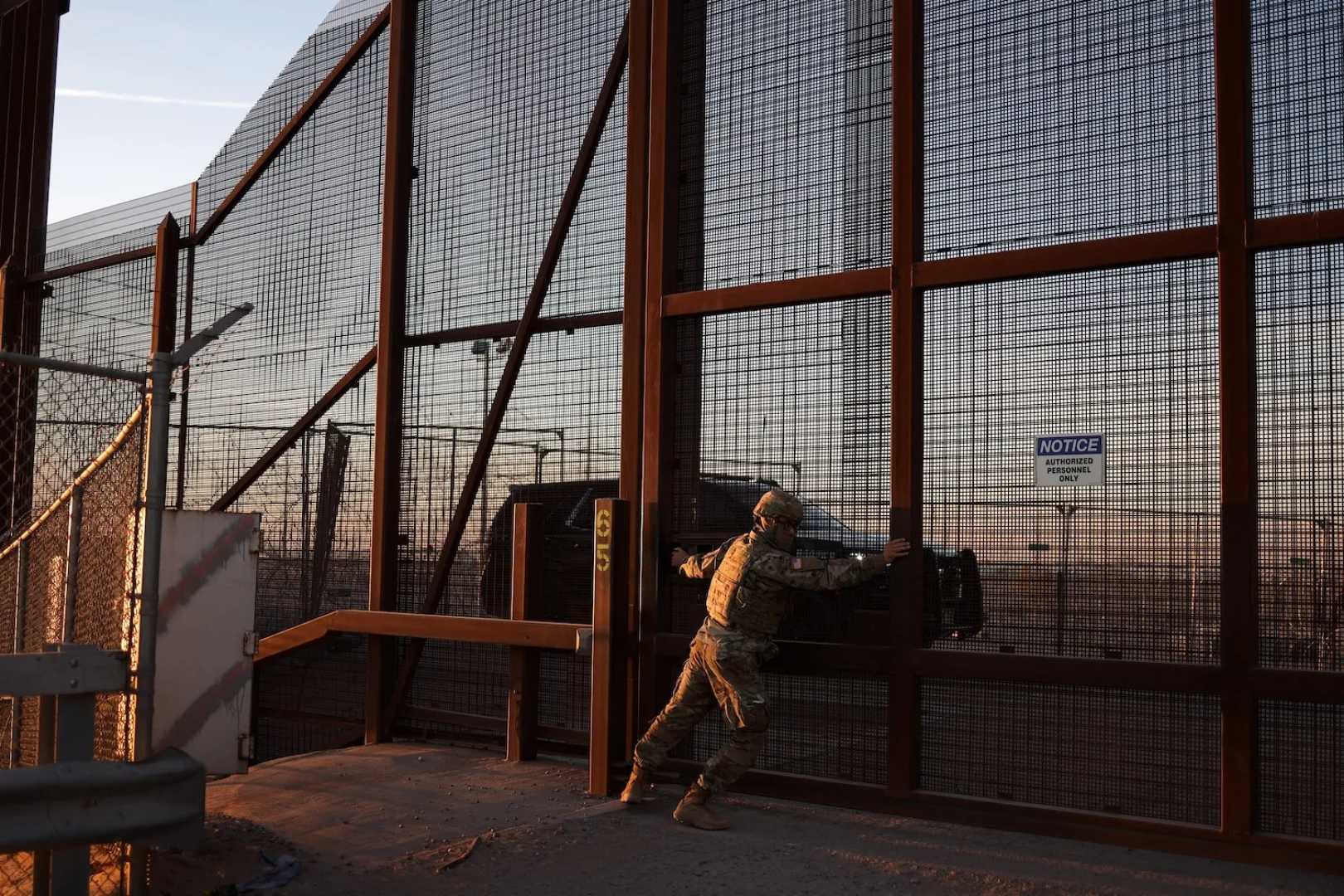World
Trump Reinstates ‘Remain in Mexico’ Policy, Sparks Tensions with Latin America

WASHINGTON, D.C. — U.S. President Donald Trump has reinstated the controversial “Remain in Mexico” policy, sparking immediate pushback from Mexican President Claudia Sheinbaum and raising tensions across Latin America. The policy, which requires asylum-seekers to wait in Mexico while their U.S. immigration cases are processed, was a hallmark of Trump’s first term and has been revived as part of his broader immigration crackdown.
In his inaugural address, Trump declared a national emergency at the southern border, vowing to halt illegal entry and deport millions of undocumented immigrants. “All illegal entry will immediately be halted, and we will begin the process of returning millions and millions of criminal aliens back to the places from which they came,” Trump said. He also promised to deploy troops to the border to “repel the disastrous invasion of our country.”
Mexican officials have expressed strong opposition to the policy. Juan Ramón de la Fuente, Mexico’s secretary for external relations, called it “unilateral” and emphasized that Mexico does not agree with the approach. “We have a different focus. We want to adjust it,” de la Fuente said. Sheinbaum, meanwhile, has insisted on maintaining the CBP One app, which allowed migrants to prescreen for asylum appointments before reaching the U.S. border. However, the app was deactivated shortly after Trump’s announcement.
The reinstatement of “Remain in Mexico” comes amid broader regional tensions. Last week, envoys from 10 Latin American countries met in Mexico City to issue a joint declaration calling for a “humanistic approach” to immigration and condemning mass deportations. Mexico has also bolstered its U.S. consulates with immigration lawyers and launched an app to help Mexican immigrants understand their rights and alert consular staff if detained.
Beyond immigration, Mexico is pursuing new trade agreements to reduce reliance on the U.S. Last Friday, Mexico finalized an expanded free trade deal with the European Union, which eliminates tariffs on agricultural products and eases access to public contracts. The deal is seen as a response to Trump’s protectionist threats, including a proposed 25 percent tariff on Mexican goods.
In Colombia, President Gustavo Petro declared a state of emergency in the Catatumbo region after clashes between armed groups displaced 32,000 people. The violence has raised questions about Petro’s “total peace” strategy, which aimed to reduce conflict through negotiations with guerrilla groups like the National Liberation Army (ELN). Talks with the ELN were suspended last week, with Petro accusing the group of “war crimes.”
Meanwhile, Brazil has named its leadership team for COP30, the United Nations climate conference scheduled for November in Belém. Diplomat André Corrêa do Lago will serve as president, with environment ministry official Ana Toni as executive director. The appointments have been welcomed by Brazilian Indigenous and environmental groups, who hope to amplify their voices at the conference.
As Trump’s policies reshape U.S.-Latin America relations, the region is grappling with economic and political challenges. In Argentina, President Javier Milei‘s economic reforms have led to a shift in vacation patterns, with Argentines flocking to Brazil due to the peso’s devaluation. Meanwhile, the U.S.-Cuba relationship remains volatile, with Trump reversing a Biden-era decision to remove Cuba from the state sponsor of terrorism list.
The coming weeks will test the resilience of Latin America’s diplomatic and economic strategies as countries navigate an increasingly unpredictable U.S. administration.












